- HOME
- ABOUT
- ORAL HISTORIES
- Bill Holbert
- Bill Russell
- Charlene Wooten Pace
- Charlie Fears
- Donna “Donnie” Morgan Pace
- Faye Russell Chandler
- George Jones
- Henry Twiggs
- J.D. Gilbert & Lula Staton
- John Rhodes
- Kathleen Garren Stephenson Jelley
- Martha Coates Ashley
- Martha Stoney Anderson
- Mildred Thompson Skelton
- Ruth Pace Lawter and Betty Jo Pace Thompson
- Pearlie Mae Suber Harris
- SALUDA HISTORIC DEPOT
- COON DOG DAY & OTHER EVENTS
- HISTORIC DISTRICT
- HISTORIC INNS & HOMES
- OLD PHOTOGRAPHS
- SALUDA HISTORY
- SALUDA PEOPLE
- SCRAPBOOK AND NEWS
- THE RAILROAD
- TOUR OF HISTORIC HOMES
- VINTAGE POSTCARDS
- VISIT SALUDA
Historic Saluda Historic Saluda North Carolina Established in 1881
Historic Saluda | Memories, Places, and People That Make Saluda NC an Enchanted Place to Be

ORAL HISTORIES
The people we interviewed told their stories from their own personal perspective. We have not attempted to validate the accuracy of the stories or the accuracy of any history reflected in the stories. We allowed each storyteller to guide us down the path they wished to travel and to relay their stories in the manner they saw fit. Our role was to listen, acknowledge, validate and of course to capture and preserve the recollections of their past.
Many interviewees also shared family photos during their session. You’ll find those just below the oral history video for that person. Click on any photo to view the album as a slide show. (You may need to scroll the video up to the top of the page to avoid blocking your view any of the photographs in the slideshow.)
_______________________________________________________________
 MARTHA STONEY ANDERSON talks about Saluda’s tight-knit neighborhoods, walking to town, waiting for the mail, and more. Her family has owned “Happy Hut” in the Columbia Heights section of Saluda since the 1920s. Martha also tells the story of her family’s strong lifelong bond with their housekeeper Mary. (Interview session by Eljapa Media Group.)
MARTHA STONEY ANDERSON talks about Saluda’s tight-knit neighborhoods, walking to town, waiting for the mail, and more. Her family has owned “Happy Hut” in the Columbia Heights section of Saluda since the 1920s. Martha also tells the story of her family’s strong lifelong bond with their housekeeper Mary. (Interview session by Eljapa Media Group.)
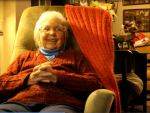 MARTHA COATES ASHLEY spent her early years in her grandmother’s home known as” Crystal Springs” and is the daughter of former Saluda Mayor John T. Coates. She tells us about some of herchildhood adventures and about the fancy entertaining that went on in Saluda during its heyday. (Interview session by Eljapa Media Group.)
MARTHA COATES ASHLEY spent her early years in her grandmother’s home known as” Crystal Springs” and is the daughter of former Saluda Mayor John T. Coates. She tells us about some of herchildhood adventures and about the fancy entertaining that went on in Saluda during its heyday. (Interview session by Eljapa Media Group.)
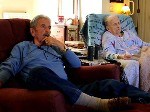 J.D. GILBERT & LULA STATON: J.D. has lots of great stories about the Saluda Fire Department, including one about the fire engine that had to be pushed out into the road to crank! He also talks about the old ice plant, and his aunt Lulu Staton remembers her grandfather, master woodworker M.M. Staton. (Interview session by Cindy Tuttle and Charlene Pace.)
J.D. GILBERT & LULA STATON: J.D. has lots of great stories about the Saluda Fire Department, including one about the fire engine that had to be pushed out into the road to crank! He also talks about the old ice plant, and his aunt Lulu Staton remembers her grandfather, master woodworker M.M. Staton. (Interview session by Cindy Tuttle and Charlene Pace.)
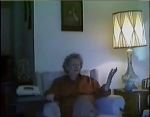 KATHLEEN GARREN STEPHENSON JELLEY, granddaughter of Ransom Woodruff and Emily Pace and daughter of O.B. Garren, talks about The Pace House, one of the first buildings in Saluda. It served as a stopover for drovers in the early days and later became a boarding house. (This footage was transferred from a VHS tape recorded by Kathleen’s granddaughter Cindy Stephenson Tuttle in 1996.)
KATHLEEN GARREN STEPHENSON JELLEY, granddaughter of Ransom Woodruff and Emily Pace and daughter of O.B. Garren, talks about The Pace House, one of the first buildings in Saluda. It served as a stopover for drovers in the early days and later became a boarding house. (This footage was transferred from a VHS tape recorded by Kathleen’s granddaughter Cindy Stephenson Tuttle in 1996.)
 DR. GEORGE JONES, a scholar and one of Saluda’s most esteemed residents, discusses the community’s earliest schools, its notable people, and the experiences of his father, who delivered mail on horseback to the entire Saluda area back in the early days. (Interview session by Eljapa Media Group.)
DR. GEORGE JONES, a scholar and one of Saluda’s most esteemed residents, discusses the community’s earliest schools, its notable people, and the experiences of his father, who delivered mail on horseback to the entire Saluda area back in the early days. (Interview session by Eljapa Media Group.)
 Sisters RUTH PACE LAWTER and BETTY JO PACE THOMPSON recall delivering milk from the family dairy all over Saluda, and Betty Jo talks about her return to Saluda School as an adult. (Interview session by Eljapa Media Group.)
Sisters RUTH PACE LAWTER and BETTY JO PACE THOMPSON recall delivering milk from the family dairy all over Saluda, and Betty Jo talks about her return to Saluda School as an adult. (Interview session by Eljapa Media Group.)
 CHARLENE WOOTEN PACE talks about the history of the Pace family, and about how she met- and married- one of “the 29 Paces”. (Interview session by Eljapa Media Group.)
CHARLENE WOOTEN PACE talks about the history of the Pace family, and about how she met- and married- one of “the 29 Paces”. (Interview session by Eljapa Media Group.)
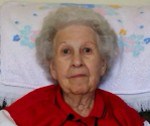 DONNA “DONNIE” MORGAN PACE has lived in Saluda since 1940, and she has many fond memories of the town and its people. She also tells about gardening and canning, a womanless beauty pageant, and more. (Interview session by Cindy Tuttle and Charlene Pace.)
DONNA “DONNIE” MORGAN PACE has lived in Saluda since 1940, and she has many fond memories of the town and its people. She also tells about gardening and canning, a womanless beauty pageant, and more. (Interview session by Cindy Tuttle and Charlene Pace.)
 JOHN RHODES remembers the old “filling stations” around town and recalls the town’s first water system. He also shares some very early memories of Main Street. (Interview session by Eljapa Media Group.)
JOHN RHODES remembers the old “filling stations” around town and recalls the town’s first water system. He also shares some very early memories of Main Street. (Interview session by Eljapa Media Group.)
 BILL RUSSELL tells us about Mountain Page Church, the center of much of Saluda’s early history. (Interview session by Eljapa Media Group.)
BILL RUSSELL tells us about Mountain Page Church, the center of much of Saluda’s early history. (Interview session by Eljapa Media Group.)
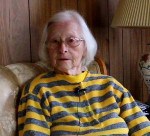 MILDRED THOMPSON SKELTON is the niece of Luther Thompson, who built many of Saluda’s fine old homes. She shares stories about Saluda School (She graduated in ’39), getting her first perm at M.A Pace’s store, corn shuckings, country stills, about finding her true love when she 50 years old, and much more. (Interview session by Cindy Tuttle and Charlene Pace.)
MILDRED THOMPSON SKELTON is the niece of Luther Thompson, who built many of Saluda’s fine old homes. She shares stories about Saluda School (She graduated in ’39), getting her first perm at M.A Pace’s store, corn shuckings, country stills, about finding her true love when she 50 years old, and much more. (Interview session by Cindy Tuttle and Charlene Pace.)
 HENRY TWIGGS explains Saluda’s “Cuba connection” and shares some personal memories of the Cuban Revolution. (Interview session by Martin Anderson and Eljapa Media Group.)
HENRY TWIGGS explains Saluda’s “Cuba connection” and shares some personal memories of the Cuban Revolution. (Interview session by Martin Anderson and Eljapa Media Group.)
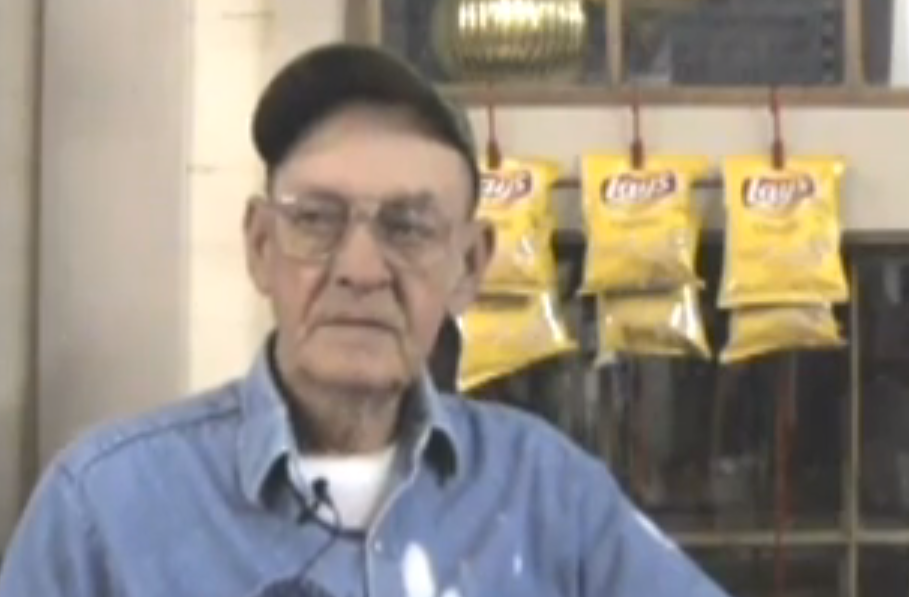 CHARLIE FEARS was a native of Virginia and came to Saluda in the early 1970s to work on Interstate 26. When the job was finished and his company went on to the next job, Charlie decided to stay. He worked on several bridges in the area, including the railroad bridge in town. After retirement he became a landscaper. Charlie’s blue tractor and friendly face were familiar and welcome sights around Saluda. He was a regular at Ward’s Grill, which is where interviewer Scott Kinard caught up with him. We feel very fortunate to have this interview because we lost Charlie shortly after his interview.
CHARLIE FEARS was a native of Virginia and came to Saluda in the early 1970s to work on Interstate 26. When the job was finished and his company went on to the next job, Charlie decided to stay. He worked on several bridges in the area, including the railroad bridge in town. After retirement he became a landscaper. Charlie’s blue tractor and friendly face were familiar and welcome sights around Saluda. He was a regular at Ward’s Grill, which is where interviewer Scott Kinard caught up with him. We feel very fortunate to have this interview because we lost Charlie shortly after his interview.
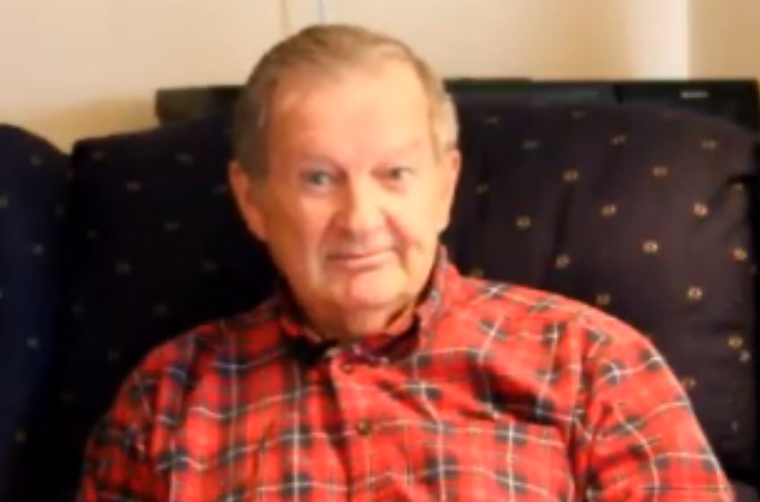 WILLIS “BILL” HOLBERT, Lifelong Saluda resident, takes us (literally) on a trip down Memory Lane in this excerpt from his oral history interview. He recalls all of the businesses and merchants of the pre-World War II years, including barber Will Forrest and a family from Syria who ran a cafe. Also, did you know that there were once slot machines in Saluda? and that you could sled from the top of Greenville Street all the way past City Hall after a good snow? Bill shares these stories and more.
WILLIS “BILL” HOLBERT, Lifelong Saluda resident, takes us (literally) on a trip down Memory Lane in this excerpt from his oral history interview. He recalls all of the businesses and merchants of the pre-World War II years, including barber Will Forrest and a family from Syria who ran a cafe. Also, did you know that there were once slot machines in Saluda? and that you could sled from the top of Greenville Street all the way past City Hall after a good snow? Bill shares these stories and more.
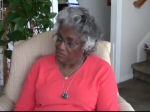 PEARLY MAE SUBER HARRIS shared with the Historic Saluda Committee what it was like living in Saluda, NC in the 1930′s to 1950′s, prior to the Civil Rights Movement. As the daughter of a black Baptist Minister, she moved to Saluda as a very young child when her father, Rev. Lester Samuel Suber, was called to preach at St. Matthews Baptist Church. Her fondest memory is of her father digging a pool and filling it full of water just to baptize her. At a very young age, she worked for the wealthy white families who had second homes in Saluda. However, she was paid a fair wage and at times was the family bread winner. In this video, Pearlie shares some shocking revelations of what it was like to be black and growing up in a small southern Appalachian mountain community.
PEARLY MAE SUBER HARRIS shared with the Historic Saluda Committee what it was like living in Saluda, NC in the 1930′s to 1950′s, prior to the Civil Rights Movement. As the daughter of a black Baptist Minister, she moved to Saluda as a very young child when her father, Rev. Lester Samuel Suber, was called to preach at St. Matthews Baptist Church. Her fondest memory is of her father digging a pool and filling it full of water just to baptize her. At a very young age, she worked for the wealthy white families who had second homes in Saluda. However, she was paid a fair wage and at times was the family bread winner. In this video, Pearlie shares some shocking revelations of what it was like to be black and growing up in a small southern Appalachian mountain community.